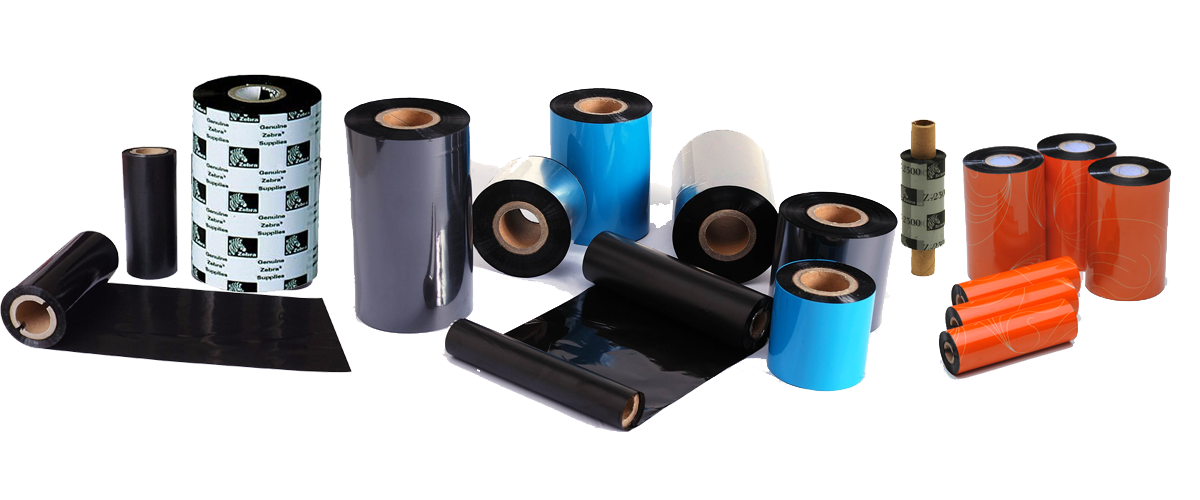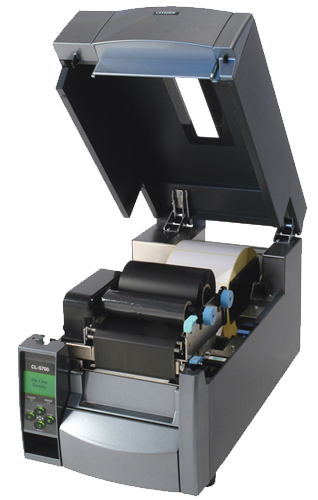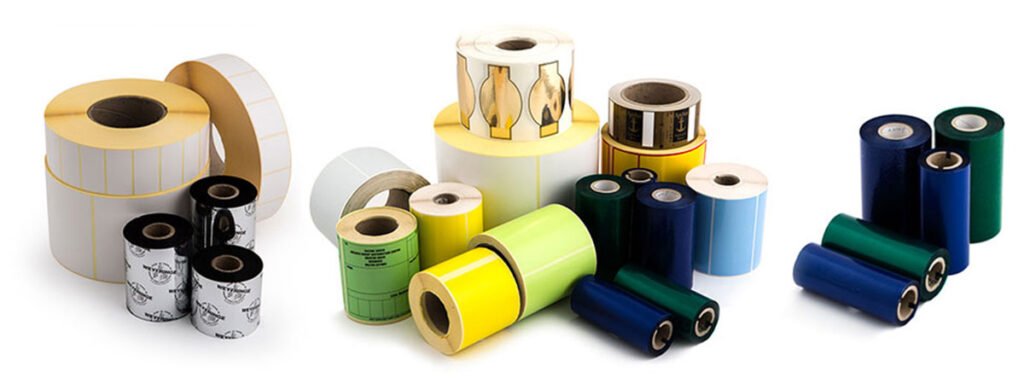Full wax ribbons: This ribbon rolls are the most common type of ribbons. The technology uses a wax-based ink that melts onto the products. Though cheaper as compared to other ribbon options, it’s less durable. It’s best suitable for the short-term labels such as mail, warehouse, and retail. It gives the best results when used on an uncoated, plain paper stock.
Wax/resins ribbons: It’s a mix of both, the wax and resin, and offers more durability to the printed labels as compared to full wax ribbons. The mixture also gives the printer an ability to print on other materials like synthetics, coated or glossy paper stocks and even waterproof materials. It does cost more than the full wax ribbons. It is an optimal choice for the products, that are exposed to changing temperatures or weather conditions.
Full resin ribbon: It’s the most expensive option but at the same time, it’s most resilient of the resin ribbons in terms of its chemical resistance, weather resistance, temperature resistance, durability and much more. It’s generally used to label sensitive medical applications or chemicals that need high durability.
Which is the better option: Mostly, in non-specialized cases, full wax or wax/resin ribbons are the better options as that are cost-effective. Now, knowing the difference between the ribbons can help you making the best match for your printing options. Overall, you need to look for the quality printing, no matter, what ribbon do you use. The best selection also helps you keeping your thermal transfer printer clean and in optimal condition.
How to choose the right ribbon: Thermal transfer printing provides for a longer lasting print as compared to direct thermal printing. The reason being the use of thermal transfer ribbon during the printing process. A thermal transfer ribbon is needed to get a long lasting print. However, many people face problems in choosing the proper thermal transfer ribbon that can fit their applications and printers.
Simple steps to choose the right barcode ribbon
Step one: Ensure that you own a thermal transfer printer as ribbons can only be used with them. You cannot use a ribbon with a direct thermal printer as it doesn’t have the proper mechanical arrangement.
Step two: You need to determine the proper barcode ribbon size. Ribbons are measured width by length. Many printers come with different print widths. You’re required to choose a width of ribbon that is less than or equal to your printer’s print width. The length of a ribbon will indicate the numbers of inches that one roll will print.
Step three: You need to choose the right ribbon material. Depending on your requirements, you should use wax ribbons, wax/resin ribbon or just resin ribbon.




